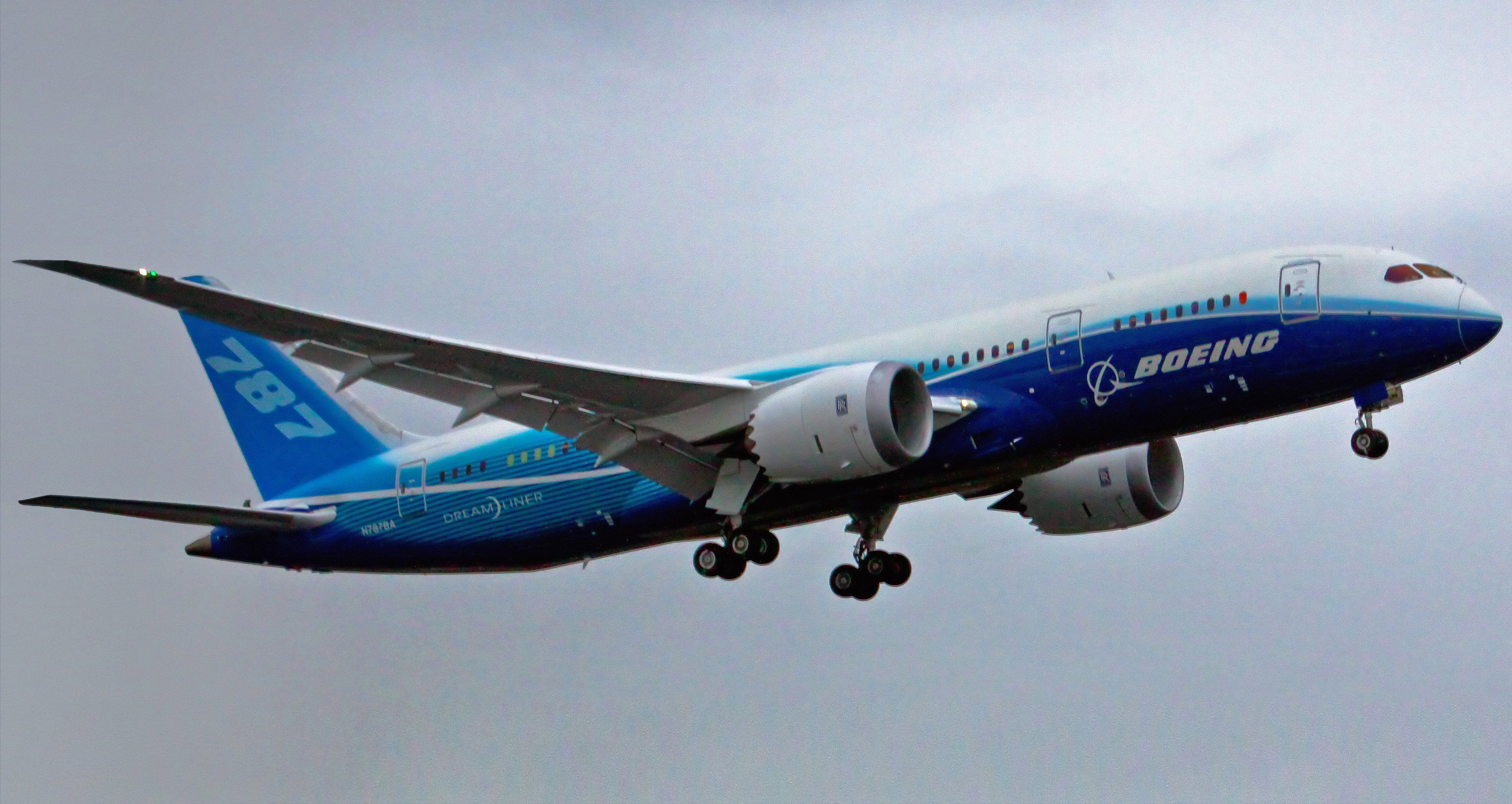
The third Boeing 787 Dreamliner built is being loaned to the Museum of Flight in Seattle. Extensively modified as Boeing went through the certification process, the airplane was used by Boeing to show the flag, flying around the world in the six-month Dreamtour in 2012. Boeing and Museum of Flight officials spent months determining if the deal could be done at all and then working out the details. The airplane is painted in Boeing colors and is currently based at Moses Lake, Washington. It is expected to arrive at the Museum on Nov. 8, according to Museum spokesperson Ted Huetter. As reported by the Puget Sound Business Journal, Huetter said, “It’s a big deal. This is definitely one of the breakthrough aircraft in commercial air travel. To have one of those examples of original aircraft is significant, and it adds to our collection as we try to tell the story of commercial aviation . . . it’s a perfect fit.” It will be displayed with a mixture of seating and exhibits in the cabin. The museum’s collection of airliners is one of the most extensive in the world, and includes versions of the Boeing 80A, 247, 727, 737 and 747, Douglas DC-2 and -3, Lockheed Super Constellation and deHavilland Comet.
As part of the flight test and FAA certification process, it is not unusual for a manufacturer to wind up with some airplanes that have been modified so much that the cost of making the changes necessary to bring them into conformity with the production version is prohibitively expensive or because they don’t fit the needs of potential customers. The Boeing “Dash 80” prototype jet transport that evolved into the Model 707 airliner series and Model 717 Stratotanker (military designation KC-135) was not of interest to the airlines because the fuselage diameter was too small. It is now displayed at the Smithsonian. Many manufacturers have destroyed significant prototype aircraft following testing-especially those that did not go into production, such as the Cessna’s four-engine, pressurized piston model 620 and its two-place pusher model XMC, Experimental Magic Carpet. Saving one of the first 787s is being applauded by aviation historians.


































